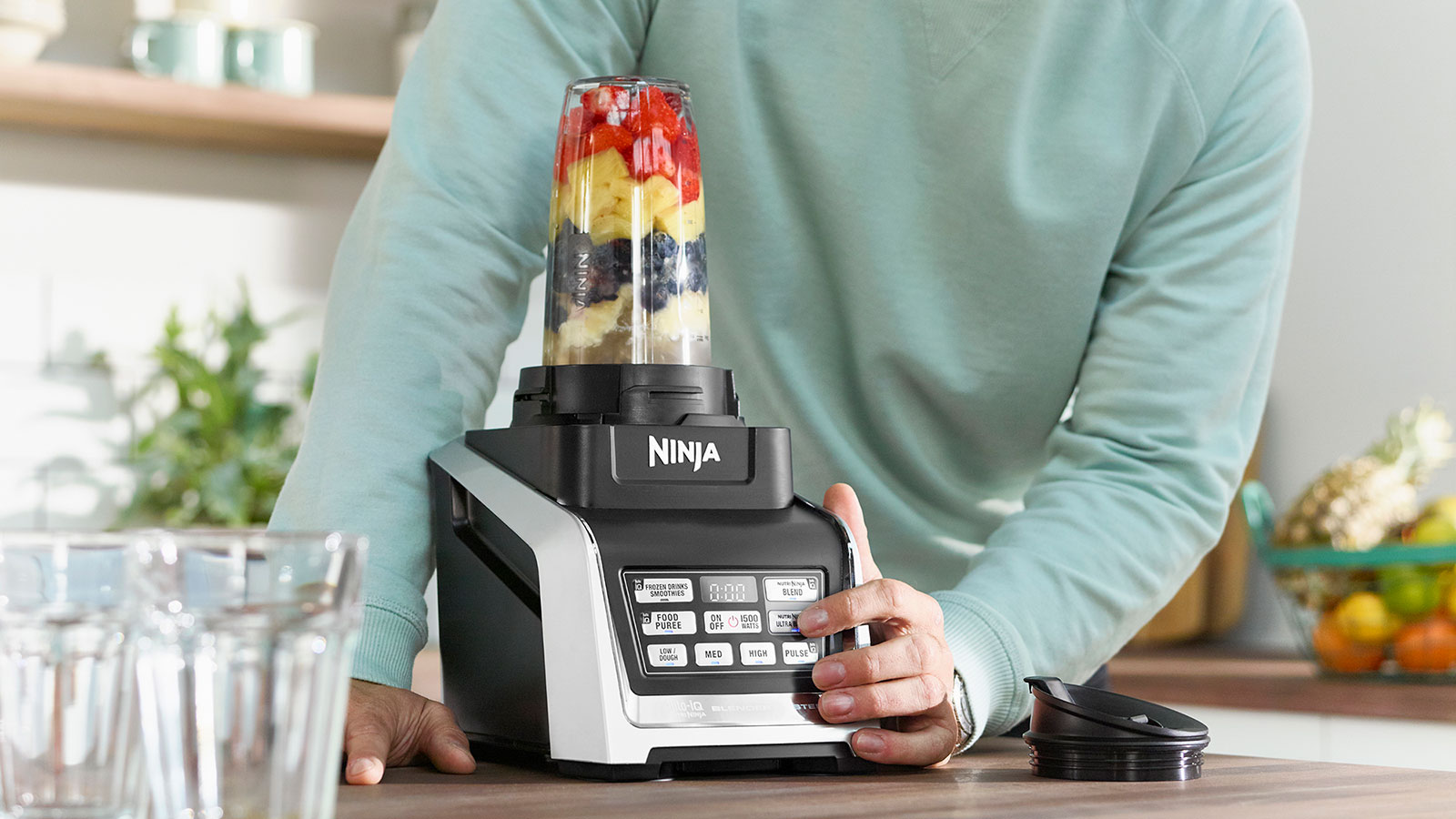

Articles
How To Use A Ninja Food Processor
Modified: August 24, 2024
Learn how to effectively use a Ninja Food Processor with these informative articles. Discover tips, tricks, and recipes to maximize its versatile capabilities.
(Many of the links in this article redirect to a specific reviewed product. Your purchase of these products through affiliate links helps to generate commission for Storables.com, at no extra cost. Learn more)
Overview of the Ninja Food Processor
The Ninja Food Processor is a versatile kitchen appliance that can greatly simplify your food preparation process. It combines the functionality of a blender and a food processor, allowing you to chop, blend, puree, shred, slice, and even make dough all in one machine. If you’re looking to save time and effort in the kitchen, the Ninja Food Processor is a must-have tool.
One of the standout features of the Ninja Food Processor is its powerful motor. With a high wattage and multiple speed settings, it can effortlessly handle a wide variety of ingredients, from soft fruits and vegetables to dense meats and nuts. Whether you’re making smoothies, sauces, dips, or even dough, this appliance can tackle it all.
Another key aspect of the Ninja Food Processor is its range of blade attachments. The machine comes with various blades that allow for different functions. The chopping blade is perfect for quickly chopping onions, garlic, or herbs. The shredding and slicing blades make easy work of creating uniform slices of vegetables or shredding cheese. And the dough blade is ideal for mixing and kneading dough for bread or pastries.
Operating the Ninja Food Processor is a breeze. It features an intuitive control panel with clearly labeled buttons and speed settings. The pulse function allows for precise control over the texture of your ingredients, while the continuous blending option is great for achieving smooth and consistent results.
To ensure optimal performance and safety, it’s essential to follow the setup instructions provided with the Ninja Food Processor. This includes properly assembling the blade attachments, securely attaching the container to the base, and ensuring that all the parts are clean and free from any debris.
The Ninja Food Processor is not only efficient in its functionality but also in its design. Its compact size and sleek appearance make it a valuable addition to any kitchen countertop. It’s also easy to disassemble and clean, with most parts being dishwasher-safe, saving you valuable time and effort.
Whether you’re a novice cook or an experienced chef, the Ninja Food Processor is a game-changer in the kitchen. With its versatility, power, and ease of use, it can handle a wide range of food processing tasks, making your cooking experience more convenient and enjoyable.
In the next sections, we’ll delve deeper into the various features and functions of the Ninja Food Processor, providing you with the knowledge and skills to make the most out of this incredible kitchen appliance.
Key Takeaways:
- The Ninja Food Processor is a versatile kitchen appliance that simplifies food preparation by combining the functionality of a blender and a food processor. With its powerful motor, range of blade attachments, and intuitive control panel, it can handle a wide variety of food processing tasks, making cooking more convenient and enjoyable.
- Unboxing and setting up the Ninja Food Processor is a straightforward process, and understanding the control panel, blade attachments, and basic food processing functions empowers users to maximize the appliance’s capabilities. From blending and pureeing to shredding and slicing, the Ninja Food Processor offers a wide range of functions that save time and effort in the kitchen.
Read more: How To Use Ninja Blender As Food Processor
Unboxing and Setup Instructions
When your Ninja Food Processor arrives, unboxing it is an exciting moment. Here are some step-by-step instructions to guide you through the unboxing and setup process:
- Start by finding a clean, open area on your kitchen countertop where you can easily access and assemble the food processor.
- Carefully remove the appliance and its accessories from the packaging, making sure not to damage any components.
- Inspect the contents of the package to ensure that all the necessary parts are included, such as the base, container, lid, and various blade attachments.
- Before proceeding, make sure to read the user manual provided by Ninja. This manual contains important safety information and instructions on how to use and care for your food processor.
- Once you’ve familiarized yourself with the user manual, it’s time to assemble the Ninja Food Processor.
- Place the base of the food processor on a stable surface, ensuring it is securely positioned.
- Take the container and align the tabs on the container with the slots on the base. Twist the container clockwise until it locks into place.
- Next, attach the desired blade attachment to the center hub inside the container. Make sure it is properly aligned and securely attached.
- If you plan to use the lid during processing, attach it to the container by lining up the tabs and turning it clockwise until it clicks into place.
- Plug the power cord into a reliable electrical outlet, ensuring that the voltage matches that of your area.
- It’s important to note that before using the food processor for the first time, you should clean all the parts thoroughly. Refer to the user manual for specific cleaning instructions.
Now that you’ve successfully unboxed and set up your Ninja Food Processor, you’re ready to start processing your ingredients with ease and efficiency. In the next sections, we will explore the different functions and features of this versatile kitchen appliance, empowering you to create culinary masterpieces in no time.
Understanding the Control Panel
The control panel of the Ninja Food Processor is designed to be user-friendly and intuitive, making it easy for you to navigate and operate the appliance. Let’s take a closer look at the various buttons and functions on the control panel:
- On/Off Button: This button is located at the top of the control panel and is used to turn the food processor on or off. Simply press it once to start the machine and press it again to turn it off.
- Pulse Button: The pulse function is a useful feature for precise control over the texture of your ingredients. When you press and hold the pulse button, the food processor will run at a high speed for as long as you hold the button down. Release it to stop the machine.
- Speed Settings: The control panel typically includes multiple speed settings, allowing you to adjust the speed of the blades based on your processing needs. Some models have a low, medium, and high-speed setting, while others may have more options. Experiment with the different speeds to achieve the desired consistency for your recipes.
- Timer: Some Ninja Food Processors come equipped with a built-in timer. This feature allows you to set the processing time, and the machine will automatically stop once the time is up. This is particularly helpful when you need to process ingredients for a specific duration.
- Indicator Lights: The control panel may have indicator lights that provide visual cues about the status of the food processor. For example, a power indicator light may illuminate when the machine is turned on, and a processing indicator light may blink or remain steady during operation.
It’s important to note that the specific layout and functionality of the control panel may vary depending on the model of the Ninja Food Processor you own. Therefore, it’s crucial to consult the user manual provided with your appliance for detailed instructions on operating the control panel.
By understanding and familiarizing yourself with the control panel, you can effortlessly customize your food processing experience to achieve the desired results. In the following sections, we will explore the different blade attachments and their specific functions, enabling you to unleash the full potential of your Ninja Food Processor.
Using the Different Blade Attachments
The Ninja Food Processor comes with a variety of blade attachments that allow you to perform different food processing tasks with ease. Understanding how to use these attachments will help you maximize the functionality of your appliance. Let’s take a closer look at the different blade attachments and their specific uses:
- Chopping Blade: The chopping blade is designed to quickly and efficiently chop ingredients such as onions, garlic, herbs, and nuts. Simply attach the chopping blade to the center hub inside the container and secure it in place. Add the ingredients you want to chop, put the lid on, and pulse or run the food processor until you achieve the desired consistency.
- Shredding Disc: The shredding disc is perfect for shredding vegetables and cheese. It creates uniform, thin slices of food. Attach the shredding disc to the center hub and ensure it is securely in place. Place the ingredients into the feed chute on the lid and run the food processor until the desired level of shredding is achieved.
- Slicing Disc: The slicing disc allows you to make precise and consistent slices of fruits, vegetables, and other ingredients. Attach the slicing disc to the center hub and ensure it is properly secured. Place the ingredients into the feed chute and run the food processor to slice them evenly.
- Dough Blade: The dough blade is specifically designed for making bread dough, pizza dough, and other types of dough. It helps to mix and knead the ingredients thoroughly. Attach the dough blade to the center hub and lock it in place. Add the ingredients for the dough into the container and run the food processor until the dough comes together and forms a ball.
When using the blade attachments, it’s important to consider the quantity and texture of the ingredients you are processing. Avoid overfilling the container, as this can affect the processing efficiency and consistency of the results. Additionally, always make sure that the lid is securely locked before operating the food processor to prevent any accidental spills.
As with any kitchen appliance, it’s recommended to consult the user manual provided with your Ninja Food Processor for specific instructions on how to properly attach and use the various blade attachments. This will ensure optimal performance and safety while using your food processor.
Now that you’re familiar with the different blade attachments and their functions, you’re ready to explore various food processing techniques using your Ninja Food Processor. In the next sections, we will delve into basic food processing functions, blending and pureeing techniques, shredding and slicing methods, and even dough making, allowing you to unleash the full culinary potential of your appliance.
Preparing Ingredients for Processing
Before you start using your Ninja Food Processor, it’s important to properly prepare your ingredients to ensure optimal processing and achieve desired results. Here are some key tips to keep in mind when preparing ingredients for processing:
- Wash and Dry: It’s essential to wash fruits, vegetables, and herbs before processing them. This removes any dirt, bacteria, or pesticides that may be present. After washing, make sure to dry the ingredients thoroughly to prevent excess moisture from affecting the texture and consistency of your recipes.
- Cut into Even-sized Pieces: To ensure even and efficient processing, it’s recommended to cut larger ingredients into smaller, evenly-sized pieces. This helps the food processor blend or chop the ingredients more evenly, resulting in a consistent texture.
- Remove Seeds, Pits, and Stems: For certain fruits and vegetables, such as apples, avocados, and cherries, it’s necessary to remove any seeds, pits, or stems before processing. These components can interfere with the smooth operation of the food processor and affect the texture of your recipes.
- Peel or Not to Peel: Depending on your preference and the recipe you’re making, you may need to peel certain ingredients. For example, if you’re making a smooth sauce or puree, it’s usually recommended to peel fruits and vegetables to achieve a smoother texture. However, for recipes that call for a more rustic texture or added nutritional value, leaving the peel on can be a viable option.
- Trim Excess Fat: If you’re working with meat or poultry, it’s advisable to trim any excess fat from the cuts. This not only promotes healthier cooking but also prevents the food processor from becoming clogged or bogged down during processing.
- Freeze Ingredients for Smoothies and Frozen Treats: If you’re planning to make smoothies, frozen desserts, or ice cream in your Ninja Food Processor, consider freezing some of the ingredients beforehand. Frozen fruits, such as berries or mango chunks, can add a refreshing and icy texture to your recipes.
By properly preparing your ingredients, you’ll ensure that your Ninja Food Processor can effectively and efficiently process them, resulting in delicious and well-textured recipes. Remember to always follow the user manual for any specific instructions or guidelines regarding ingredient preparation for your particular model of the food processor.
Now that your ingredients are prepped and ready, let’s explore the basic food processing functions of the Ninja Food Processor, along with various techniques for blending, pureeing, shredding, slicing, and even dough making. With these skills, you’ll be able to unleash your creativity and prepare a wide range of culinary delights.
Read more: How To Clean Ninja Food Processor
Basic Food Processing Functions
The Ninja Food Processor is a versatile kitchen appliance that can perform several basic food processing functions. Understanding these functions will enable you to make the most out of your appliance and streamline your cooking process. Here are the primary food processing functions that you can accomplish with your Ninja Food Processor:
- Chopping: The chopping function allows you to quickly and efficiently chop ingredients such as onions, garlic, herbs, nuts, and more. The powerful motor and sharp blades of the food processor make chopping a breeze. Simply add the ingredients into the container, attach the chopping blade, secure the lid, and pulse or run the food processor until you achieve the desired level of chopping.
- Blending: Blending is a fundamental food processing function that the Ninja Food Processor excels at. Whether you’re making smoothies, sauces, soups, or dips, the food processor can blend ingredients to a smooth consistency. Add the desired ingredients into the container, attach the appropriate blade, and pulse or run the food processor until you achieve the desired texture.
- Pureeing: Pureeing involves transforming solid ingredients into a smooth, creamy texture. This function is ideal for making baby food, dressings, pureed soups, and more. Simply add the ingredients into the container, attach the appropriate blade, and pulse or run the food processor until the mixture reaches the desired smoothness.
- Grinding: Grinding is the process of pulverizing ingredients into a fine powder or paste. This function is commonly used for grinding coffee beans, spices, nuts, and seeds. Attach the appropriate blade to the food processor, add the ingredients, and pulse or run the machine until you achieve the desired consistency.
- Mixing: The food processor can also be used for mixing ingredients, especially when making dough for bread, pizza, or cookies. Attach the dough blade, add the ingredients into the container, and run the food processor until the ingredients come together to form a cohesive dough.
These basic food processing functions are the foundation of what you can achieve with the Ninja Food Processor. By mastering these functions, you’ll be able to save time and effort in the kitchen, allowing you to prepare a wide range of recipes with ease. Experiment with different ingredients and techniques to explore the full potential of your food processor.
In the next sections, we will delve deeper into specific techniques for blending and pureeing, shredding and slicing, and even making dough with your Ninja Food Processor. These techniques will further expand your culinary capabilities and enable you to create impressive dishes with incredible ease.
When using a Ninja food processor, make sure to securely lock the lid in place before starting the machine to prevent any spills or accidents.
Blending and Pureeing Techniques
The Ninja Food Processor is a powerhouse when it comes to blending and pureeing ingredients. Whether you’re making smoothies, sauces, soups, or dips, mastering these techniques will allow you to achieve the desired consistency and texture for your recipes. Here are some tips and techniques for effective blending and pureeing with your Ninja Food Processor:
- Start with Liquid: When blending or pureeing ingredients, it’s important to start with a sufficient amount of liquid. This helps to create a smooth and homogeneous mixture and prevents the food processor from getting stuck. Add the liquid ingredients, such as water, juice, or broth, into the container first before adding the other ingredients.
- Layer Ingredients: To ensure even blending or pureeing, it’s recommended to layer the ingredients in the container, starting with the softest or most liquid ingredients at the bottom. This helps the food processor to process the ingredients more efficiently and achieve a consistent texture.
- Pulse in Short Bursts: When blending or pureeing, it’s often best to use the pulse function on your food processor. This allows you to have better control over the texture and prevents over-processing. Pulse the food processor in short bursts until you reach the desired consistency, checking the mixture frequently.
- Scrape the Sides: As you blend or puree, stop the food processor occasionally and scrape down the sides of the container with a spatula. This aids in achieving an even and smooth texture throughout the mixture.
- Adjust the Speed: Depending on the recipe and ingredients, you may need to adjust the speed of the food processor. Start with a low or medium speed and gradually increase it if necessary. Experiment with different speeds to find the optimal setting for each recipe.
- Pureeing Hot Ingredients: For recipes that involve pureeing hot ingredients, such as soups or sauces, exercise caution to prevent burns. Allow the mixture to cool slightly before processing and remove the small cap on the lid, covering the feed chute with a kitchen towel to allow steam to escape while pureeing.
Blending and pureeing with your Ninja Food Processor opens up a realm of possibilities for creating smooth and creamy textures. From silky smoothies to velvety sauces, you’ll be able to achieve professional-quality results in no time.
Remember to refer to your specific Ninja model’s user manual for any additional recommendations or guidelines when it comes to blending and pureeing. Every Ninja Food Processor may have slightly different features and functions, so it’s important to familiarize yourself with your specific appliance.
In the next sections, we will explore shredding and slicing techniques, as well as dough making with your Ninja Food Processor. These techniques will expand your culinary repertoire and allow you to effortlessly create a wide variety of dishes.
Shredding and Slicing Techniques
The Ninja Food Processor is not just limited to blending and pureeing; it is also equipped with blade attachments that allow for efficient shredding and slicing of various ingredients. Whether you need thin slices of vegetables for a salad or shredded cheese for a pizza, mastering these techniques will add versatility to your culinary creations. Here are some tips and techniques for shredding and slicing with your Ninja Food Processor:
- Select the Right Blade: The Ninja Food Processor typically comes with specific blade attachments for shredding and slicing. Make sure to choose the appropriate blade for your desired outcome. The shredding disc produces thin, uniform strips, while the slicing disc creates even slices of ingredients.
- Prepare Ingredients: Before shredding or slicing, it’s essential to prepare the ingredients accordingly. If you’re working with vegetables, wash and dry them thoroughly. For cheese, make sure it’s firm and at a suitable temperature. And for meats, trim off any excess fat and ensure they are chilled but not frozen.
- Feed Chute Placement: When using the shredding or slicing discs, make sure the ingredients are positioned correctly in the feed chute for optimal processing and safety. Follow the instructions in your user manual to properly insert the ingredients into the chute and ensure they are aligned with the blades.
- Speed Setting: Adjust the speed setting on your Ninja Food Processor based on the ingredient being shredded or sliced. Start with a lower speed for delicate foods and gradually increase if necessary. It’s best to experiment and find the right speed for each ingredient to achieve the desired texture and thickness.
- Continuous Processing: For efficient shredding and slicing, it’s best to allow the Ninja Food Processor to run continuously. Feed the ingredients in a steady and consistent manner, allowing the machine to process them without interruptions.
- Monitor Consistency: Keep an eye on the consistency of the shredded or sliced ingredients as they accumulate in the container. If needed, stop the food processor and empty the container to prevent overfilling and ensure consistent shredding or slicing results.
With the shredding and slicing capabilities of your Ninja Food Processor, you can effortlessly prepare an array of dishes, from salads and stir-fries to homemade coleslaw and even garnishes. The consistency and precision of the shredding and slicing functions will elevate your cooking and save valuable time in the kitchen.
Remember to consult your specific model’s user manual for any additional instructions or recommendations on shredding and slicing with your Ninja Food Processor. Each appliance may have slight variations in features and operations, so it’s important to refer to the manual to ensure the best results.
In the upcoming sections, we will explore dough making techniques with your Ninja Food Processor. This opens up a whole new world of possibilities for baking bread, pizza dough, and other homemade treats in no time.
Dough Making with the Ninja Food Processor
The Ninja Food Processor is not only a versatile appliance for blending, pureeing, shredding, and slicing but also excels in making dough. Whether you’re a seasoned baker or a novice in the kitchen, using your Ninja Food Processor for dough making can save you time and effort. Here are some tips and techniques to achieve perfect dough with your appliance:
- Choose the Right Blade: The Ninja Food Processor typically comes with a dough blade specifically designed for kneading and mixing dough. Make sure to attach the dough blade securely to the center hub inside the container.
- Measure Ingredients: Accurate measurement of ingredients is crucial when making dough. Follow the recipe instructions and measure each ingredient precisely, including flour, water, yeast, salt, and any additional flavorings or fats.
- Add Ingredients to the Container: Start by adding the dry ingredients, such as flour, salt, and yeast, to the container. With the food processor running, gradually pour in the liquid ingredients, usually water, through the feed chute. This allows for even distribution and thorough mixing of the dough.
- Knead the Dough: Let the food processor run for a few minutes, allowing the dough blade to knead the ingredients together. Monitor the consistency of the dough as it forms and adjust the ingredients if necessary. The dough should come together into a smooth and elastic ball.
- Check the Dough Texture: Stop the food processor periodically and check the texture of the dough. It should be slightly tacky to the touch and pull away cleanly from the sides of the container. If the dough is too dry, add a small amount of water; if it’s too sticky, add a sprinkle of flour.
- Resting and Proofing: Once the dough has been kneaded, remove it from the container and place it in a lightly greased bowl. Cover the bowl with a damp cloth or plastic wrap and let the dough rest and rise as instructed by your recipe. This allows the gluten to relax and the yeast to work its magic.
- Shaping and Baking: After the dough has risen, it’s time to shape it according to your recipe. Shape it into loaves, rolls, or any desired shape, and follow the baking instructions provided in your recipe. Your Ninja Food Processor has done the hard work of kneading the dough, and now you can enjoy the process of shaping and baking.
Using the Ninja Food Processor for dough making simplifies the process, allowing you to achieve consistent and well-kneaded dough for all your bread, pizza, and pastry needs. The powerful motor and sturdy dough blade ensure efficient and thorough mixing, saving you time and effort in the preparation process.
Always refer to the user manual provided with your specific Ninja model for any additional instructions or guidelines when it comes to dough making. Each appliance may have slight variations in features and functions, so it’s important to familiarize yourself with your specific appliance.
In the following sections, we will explore cleaning and maintenance tips for your Ninja Food Processor, as well as troubleshooting common issues that may arise during usage. These will help you keep your appliance in optimal condition and resolve any potential problems effectively.
Read more: How To Make Dough In Ninja Food Processor
Cleaning and Maintenance Tips
Maintaining proper cleanliness and regular maintenance of your Ninja Food Processor will ensure its longevity and optimal performance. Here are some cleaning and maintenance tips to keep your appliance in excellent condition:
- Unplug Before Cleaning: Before you start the cleaning process, always make sure to unplug the Ninja Food Processor from the electrical outlet to prevent any accidents or injuries.
- Disassemble: Begin the cleaning process by carefully disassembling the different components of the food processor. This typically includes removing the container, lid, blades, and any other removable parts.
- Hand Wash or Dishwasher: Check the user manual to determine which parts of the food processor are dishwasher-safe. Most containers, lids, and blades can be safely washed in the dishwasher. However, some attachments and smaller parts may require hand washing. Always refer to the specific cleaning instructions provided by Ninja.
- Hot, Soapy Water: For hand washing, use hot, soapy water to clean the components of the food processor. Gently scrub the parts with a sponge or brush to remove any food residue or stains. Rinse thoroughly to ensure all soap is removed.
- Blades and Discs: Take extra care when cleaning the blades and discs as they are sharp. Use a brush or a toothbrush to remove any food particles caught in the blades or discs. Be cautious while handling the blades to avoid any accidental cuts.
- Dry Thoroughly: After cleaning, ensure that all the components are completely dry before reassembling the food processor or storing it. Moisture can cause damage and promote the growth of bacteria, so thorough drying is crucial.
- Base Wipe-Down: To clean the base of the food processor, use a damp cloth or sponge to wipe away any spills, splatters, or dirt. Do not submerge the base in water or any other liquid.
- Storage: When not in use, store your Ninja Food Processor in a dry and clean area. Avoid storing it near heat sources or in direct sunlight. Keeping the appliance properly stored will help protect it from damage and prolong its lifespan.
- Regular Maintenance: Regularly inspect your food processor for any wear or damage. If you notice any issues, such as cracks in the container or dull blades, contact Ninja’s customer support for assistance.
Follow these cleaning and maintenance tips to ensure that your Ninja Food Processor remains in excellent condition for years to come. Regular cleaning and proper maintenance will not only enhance the longevity of your appliance but also prevent any contamination or odors in your food.
Now that you know how to keep your Ninja Food Processor in great shape, let’s discuss some troubleshooting tips for common issues that you may encounter while using the appliance. These troubleshooting techniques will help you troubleshoot and resolve any problems effectively, making your food processing experience seamless and enjoyable.
Troubleshooting Common Issues
While the Ninja Food Processor is a reliable kitchen appliance, you may occasionally encounter some common issues. Don’t worry – most problems have simple solutions that can be easily addressed. Here are some troubleshooting tips for common issues with your Ninja Food Processor:
- Food Processor Not Turning On: If your food processor does not turn on, the first step is to ensure that it is properly plugged into a functioning electrical outlet. Check the power cord for any signs of damage or loose connections. Additionally, make sure that the container and lid are securely attached and properly aligned.
- Motor Overheating or Shutting Off: If the motor of your food processor becomes overheated or shuts off during use, it may be a sign of overloading. Check if you’ve exceeded the maximum capacity of the machine or if you’re processing heavy or hard ingredients. Allow the motor to cool down and remove some ingredients to reduce the load. Restart the appliance after a few minutes.
- Poor Food Processing Performance: If you’re experiencing issues with the performance of your food processor, such as uneven chopping or blending, it may be due to improper assembly or a dull blade. Make sure all components are securely attached and properly aligned. If the blade is dull, you may need to sharpen it or consider purchasing a replacement blade.
- Lid Seal Leakage: If you notice that the lid of your food processor is leaking, it may be due to a faulty lid seal. Check if the seal is properly attached and not damaged. Replace the lid seal if necessary. It’s also important to avoid overfilling the container, as this can cause liquid to overflow and leak.
- Excessive Noise or Vibrations: If your food processor is producing excessive noise or vibrations during operation, it could indicate an imbalance or improper assembly. Ensure that all components are properly aligned and securely attached. Pay attention to the placement of ingredients in the container, ensuring they’re evenly distributed to maintain balance during processing.
- Blade Stuck or Difficult to Remove: If the blade attachment becomes stuck or difficult to remove, don’t force it. This can cause damage to the food processor or result in injury. Ensure the food processor is turned off and unplugged. Use caution and follow the instructions in the user manual to safely disassemble and remove the blade attachment.
If you encounter any persistent or complex issues with your Ninja Food Processor that cannot be resolved using the above tips, it’s recommended to consult the user manual or contact Ninja’s customer support for further assistance. They will be able to provide specific troubleshooting guidance based on your appliance model and address any concerns you may have.
By understanding and applying these troubleshooting tips, you’ll be able to overcome common issues and enjoy a smooth and efficient food processing experience with your Ninja Food Processor.
Now that you’re equipped with cleaning and maintenance tips, as well as troubleshooting techniques, you can confidently make the most out of your appliance. From blending and pureeing to shredding and slicing, your Ninja Food Processor will be a valuable tool in your kitchen, simplifying your culinary endeavors and expanding your culinary creativity.
Conclusion and Final Thoughts
The Ninja Food Processor is a versatile and powerful kitchen appliance that can revolutionize your food preparation process. From blending and pureeing to shredding and slicing, this appliance offers a wide range of functions that save time and effort in the kitchen. By understanding its features, functions, and proper techniques, you can unlock its full potential and create impressive culinary creations.
Throughout this article, we’ve covered various aspects of using the Ninja Food Processor. We started with an overview, highlighting its versatility and power. We explored unboxing and setup instructions to ensure a smooth start. Understanding the control panel and the different blade attachments, you gained insight into navigation and usage. We discussed preparing ingredients for processing, basic food processing functions, and techniques for blending and pureeing, as well as shredding and slicing. We discovered the art of dough making, cleaning and maintenance tips, and troubleshooting common issues.
With this knowledge, you can confidently and efficiently utilize your Ninja Food Processor to enhance your cooking experience. Whether you’re a beginner cook or a seasoned chef, the convenience and functionality of this appliance will streamline your meal preparation process. From delicious smoothies and soups to perfectly shredded salads and homemade dough, the possibilities are endless.
Remember to consult your specific model’s user manual for any specific instructions or guidelines that apply to your appliance. Each Ninja Food Processor may have slight variations in features and functions.
So, embrace the versatility of the Ninja Food Processor and let your creativity flourish in the kitchen. Explore new recipes, experiment with different ingredients, and enjoy the convenience of effortlessly processing your food. With the help of your Ninja Food Processor, you’ll be able to create culinary masterpieces and make every meal a delightful experience.
Mastered your Ninja Food Processor? Ready to mix things up even more? Check out our guide on smoothie making without a blender. You'll learn clever hacks and creative ways to whip up refreshing smoothies using simple kitchen tools. Whether you're seeking new techniques or just want to shake up your routine, these insights are perfect for anyone eager to experiment with flavors and textures. So, don't miss out; dive into our tips and transform your approach to homemade smoothies.
Frequently Asked Questions about How To Use A Ninja Food Processor
Was this page helpful?
At Storables.com, we guarantee accurate and reliable information. Our content, validated by Expert Board Contributors, is crafted following stringent Editorial Policies. We're committed to providing you with well-researched, expert-backed insights for all your informational needs.
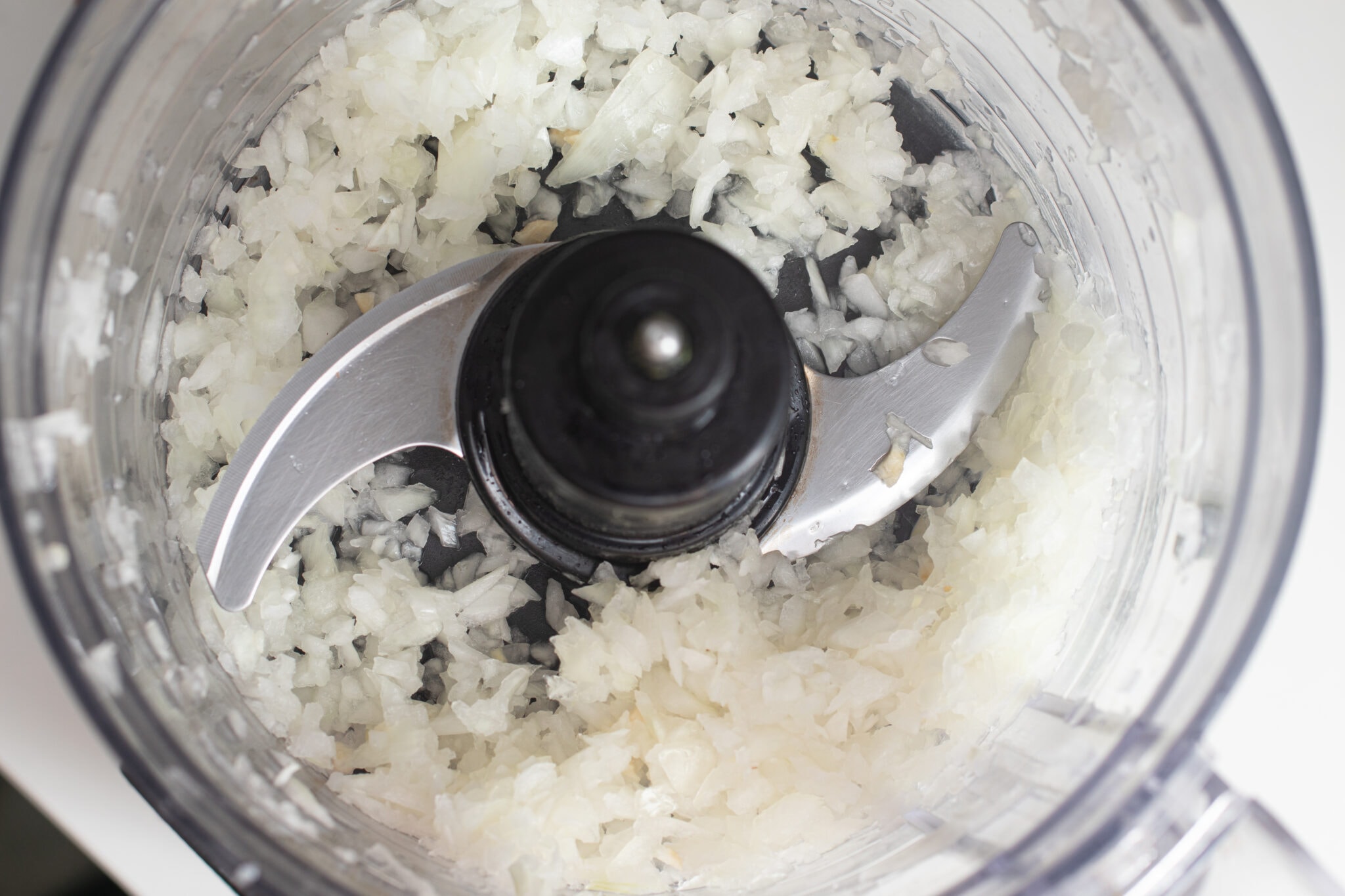
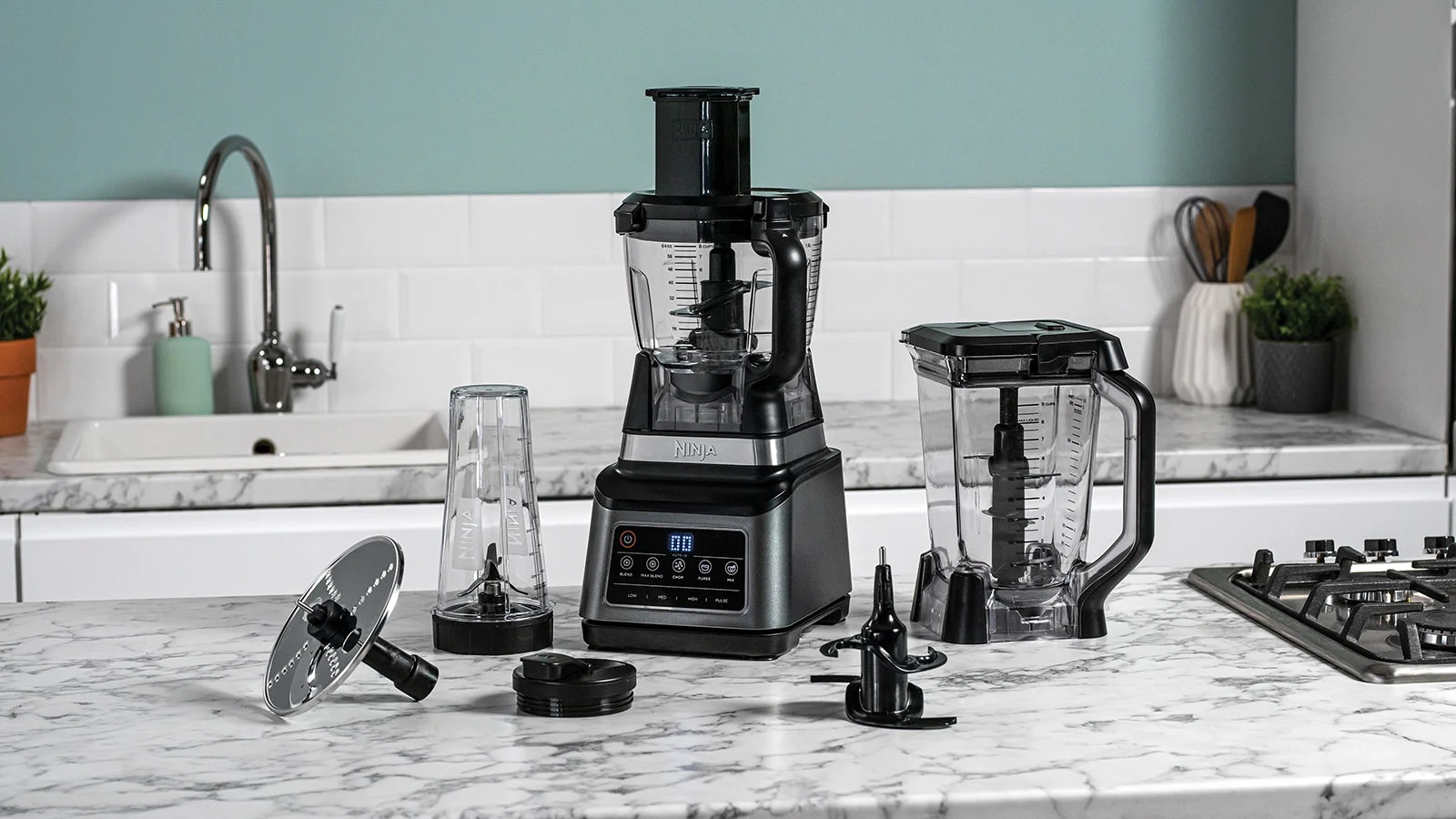
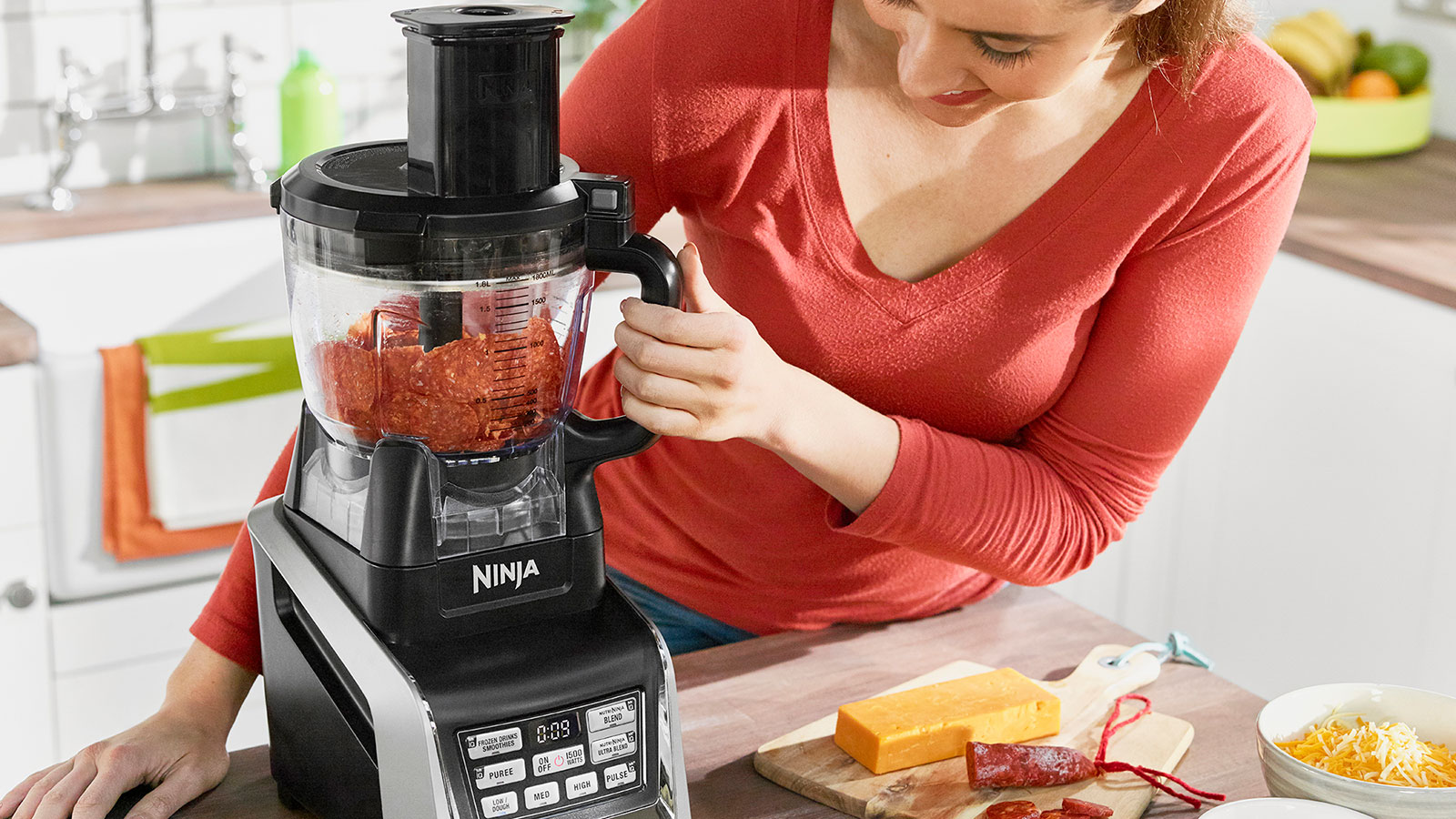
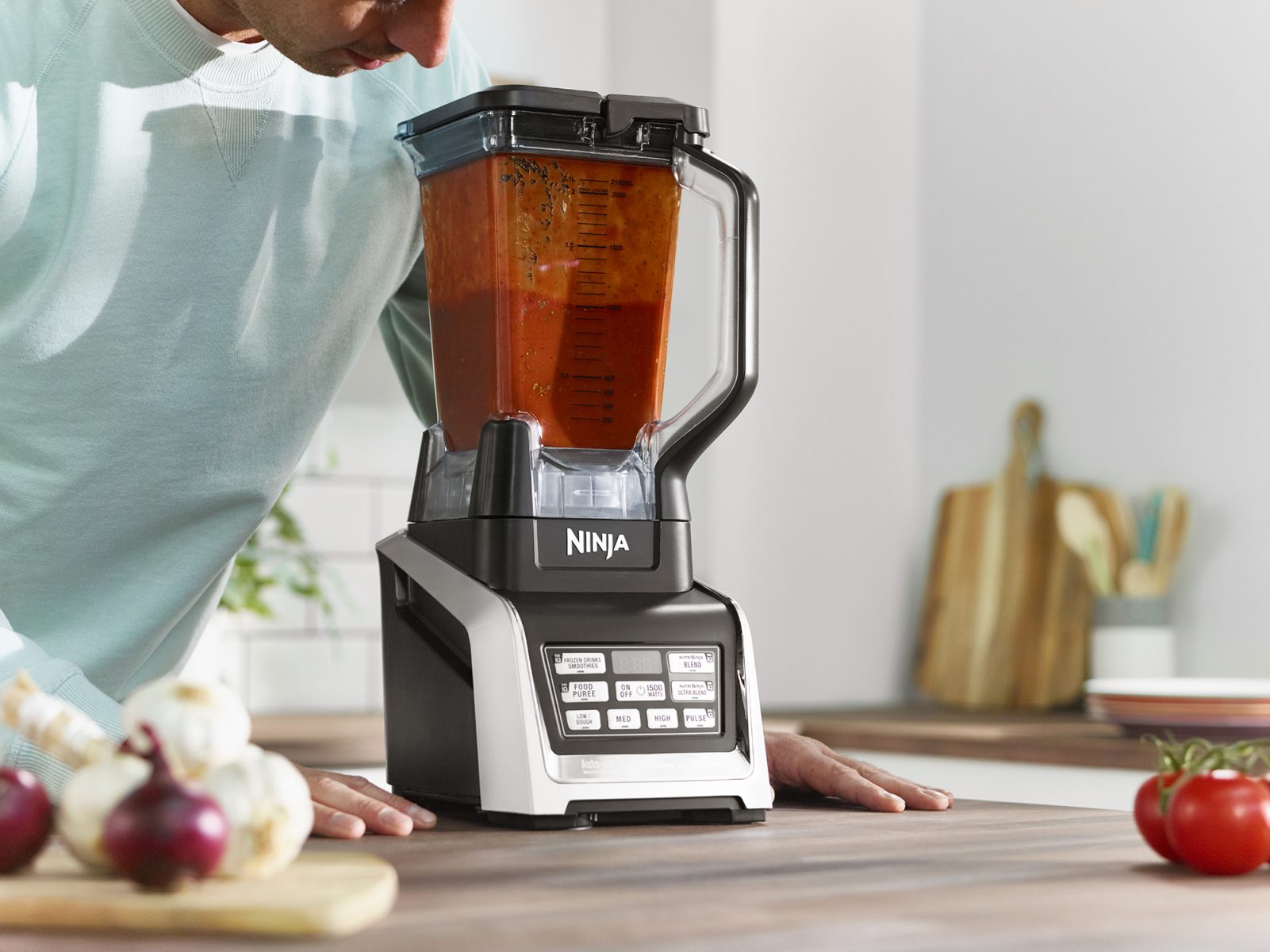
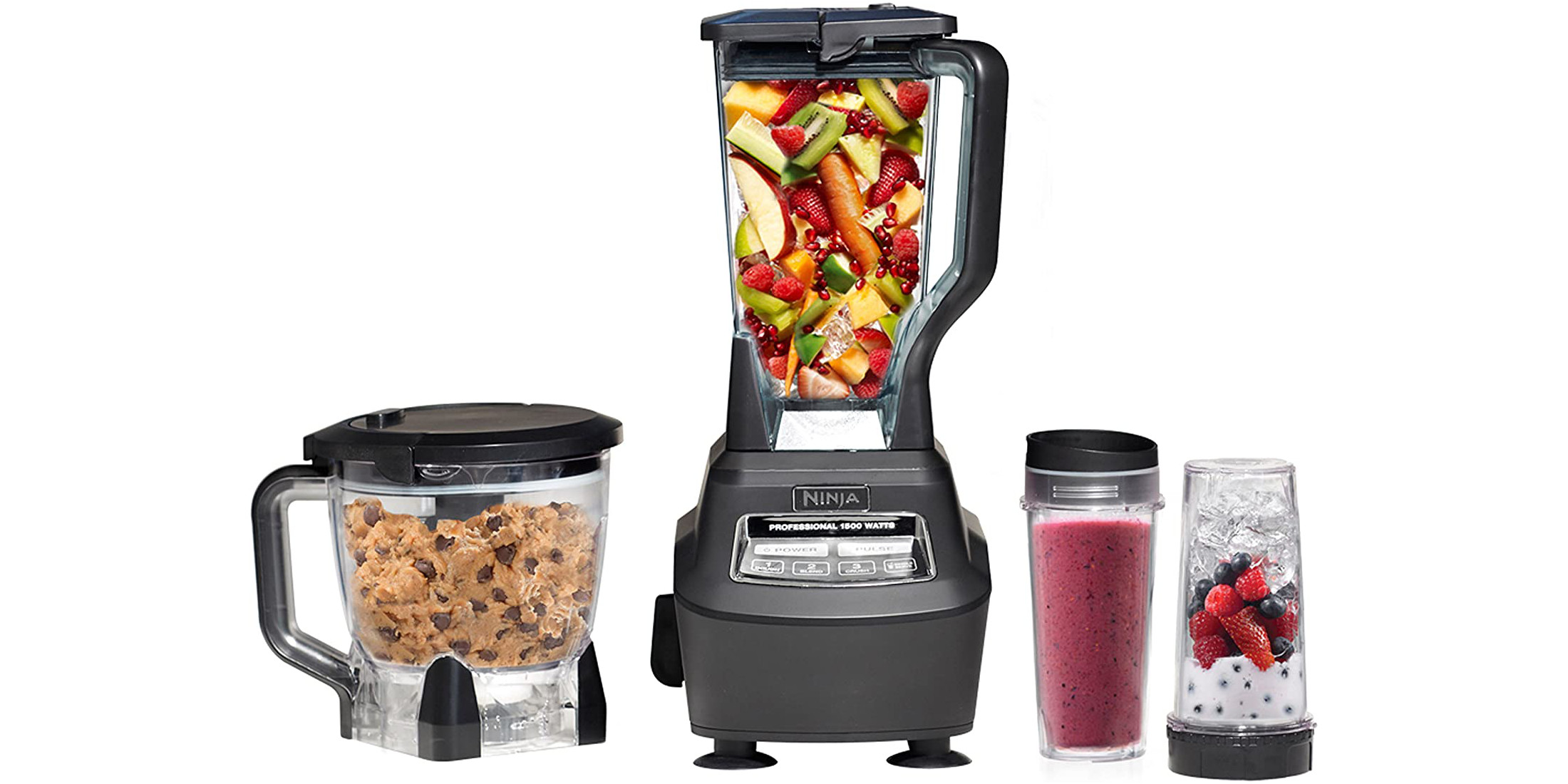
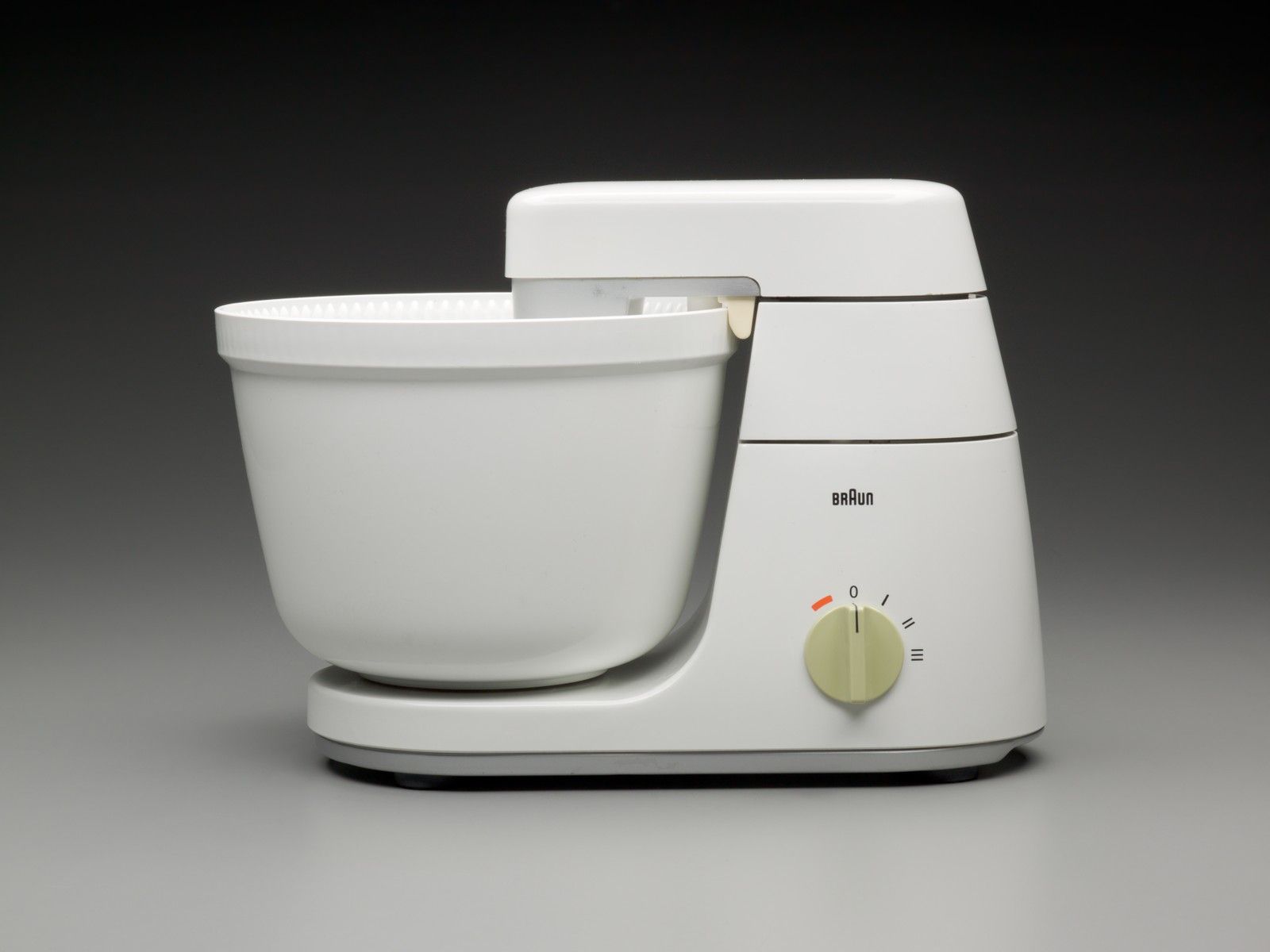
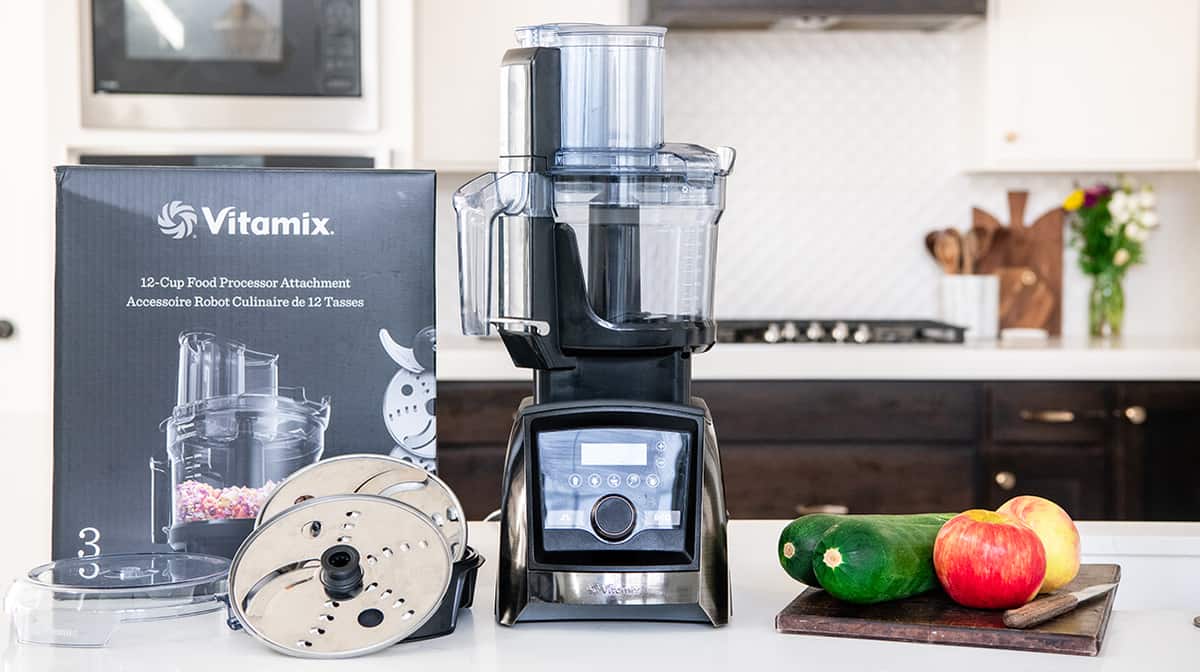
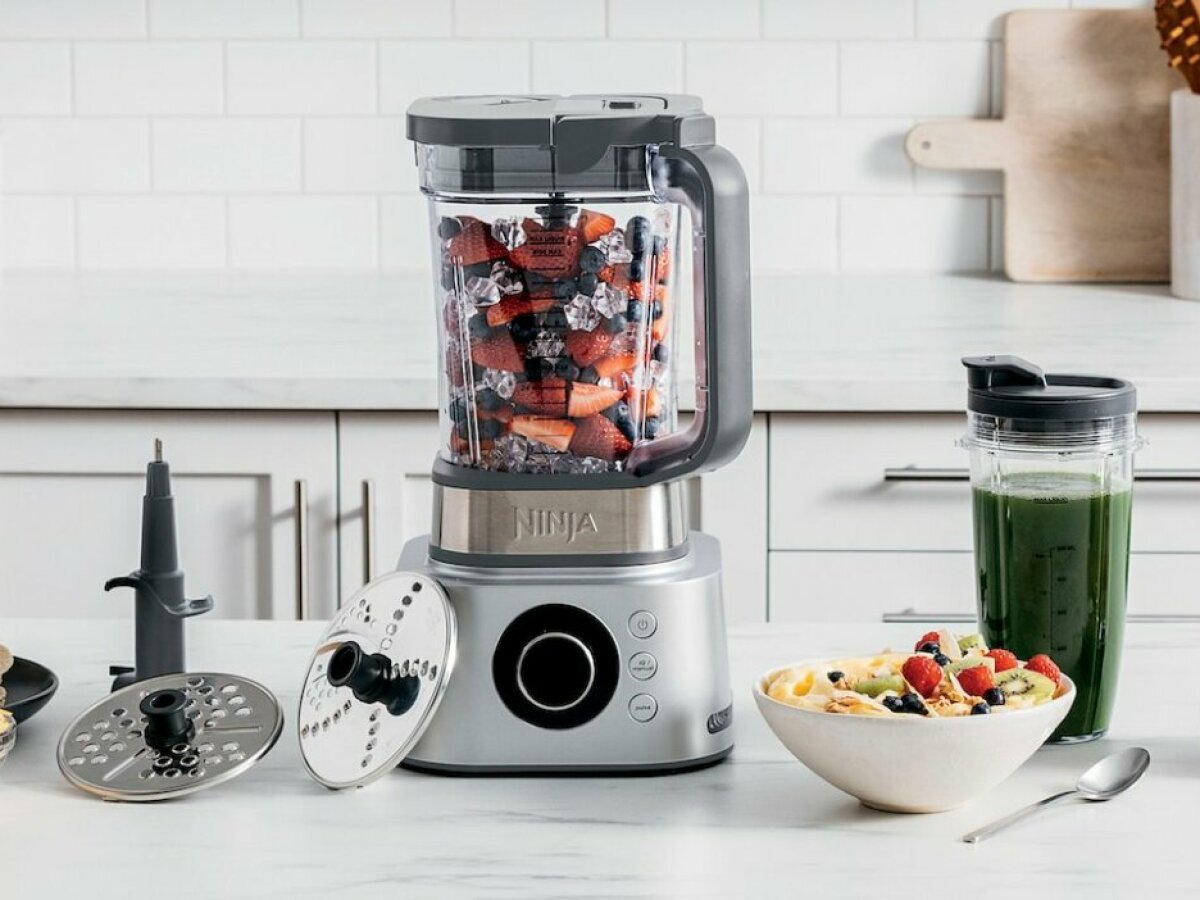
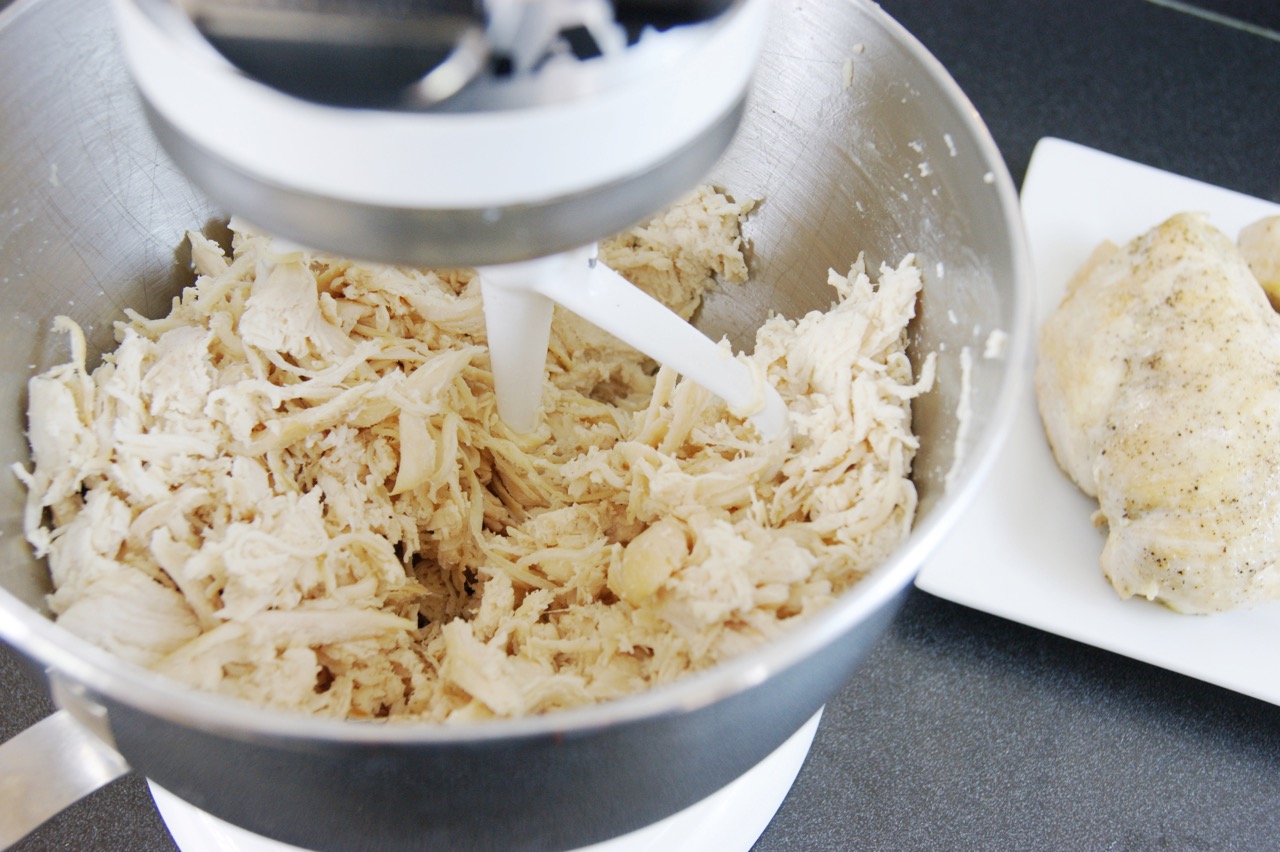
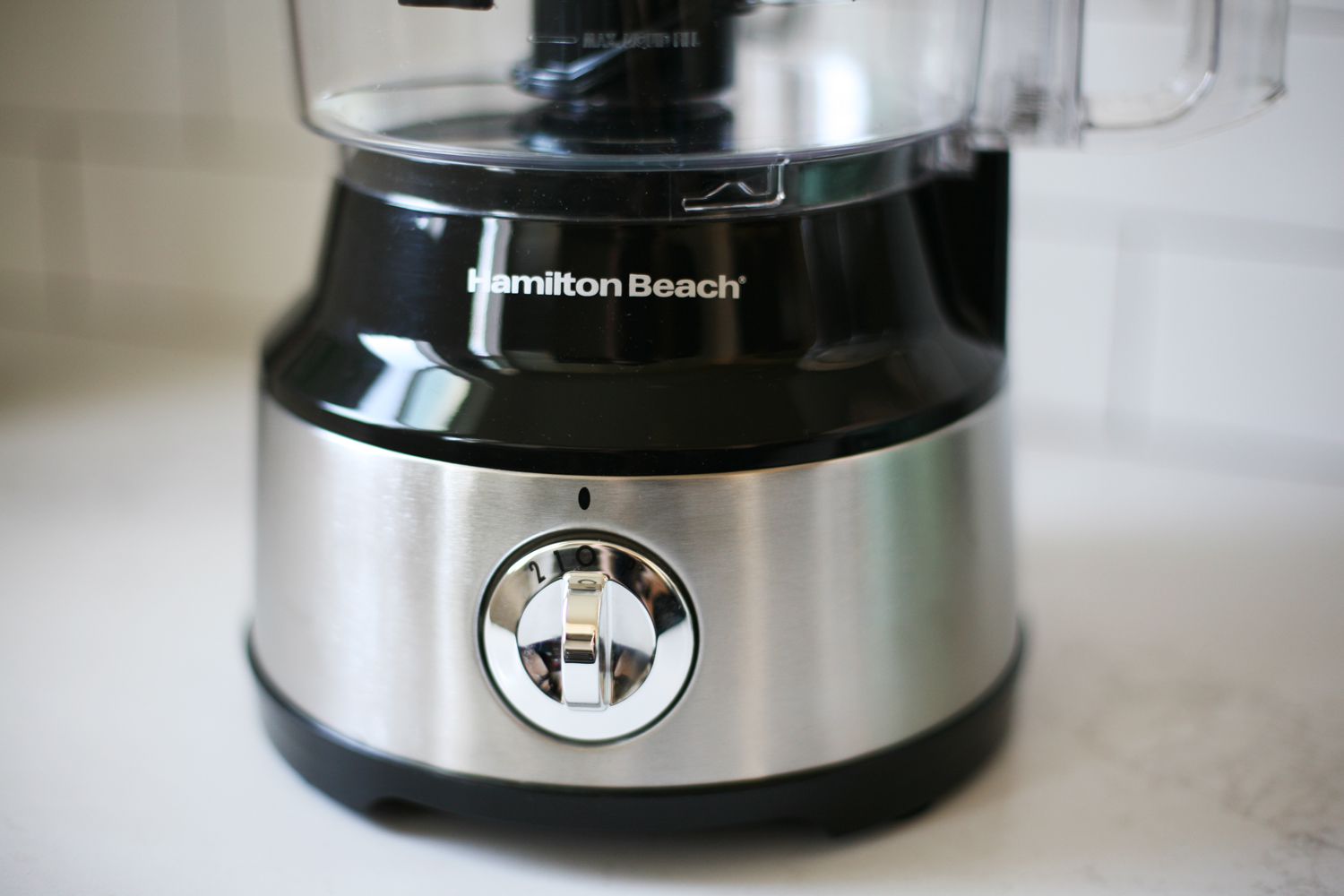
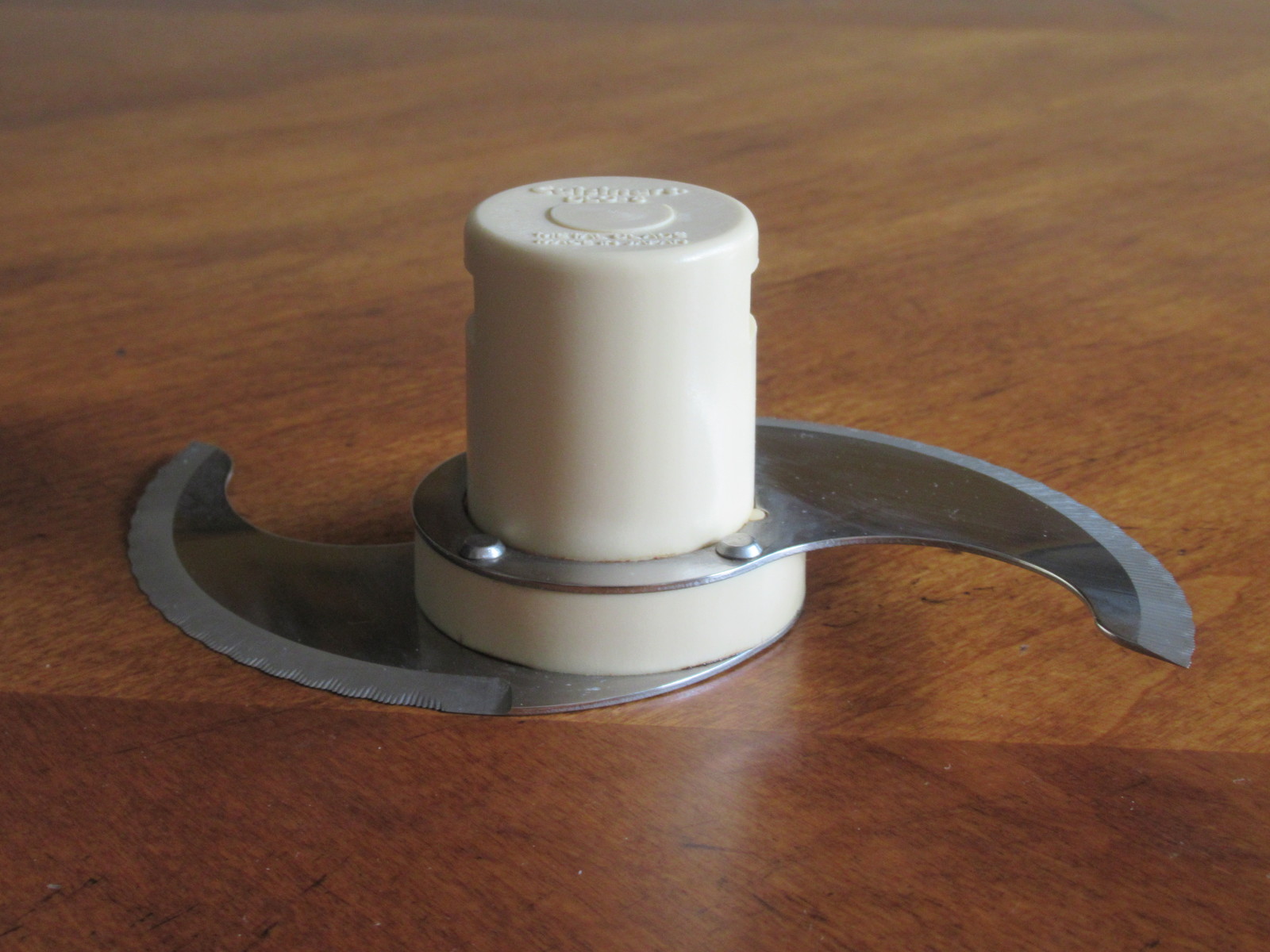
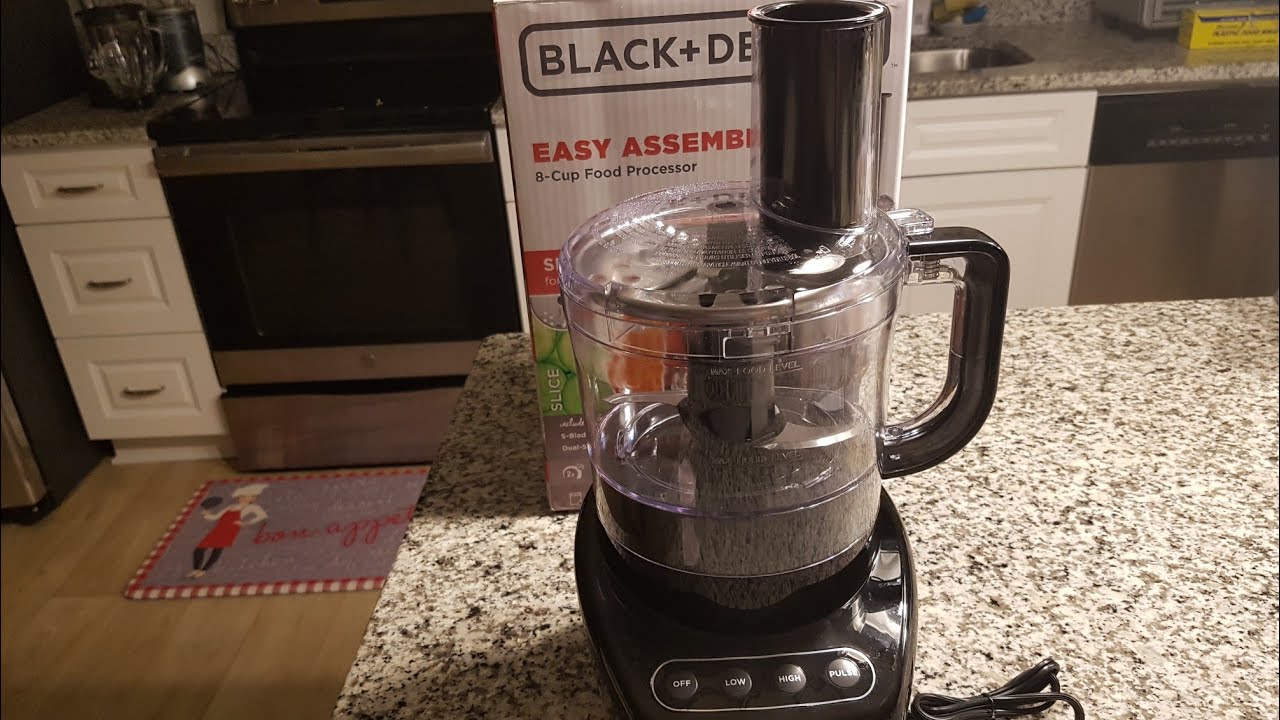
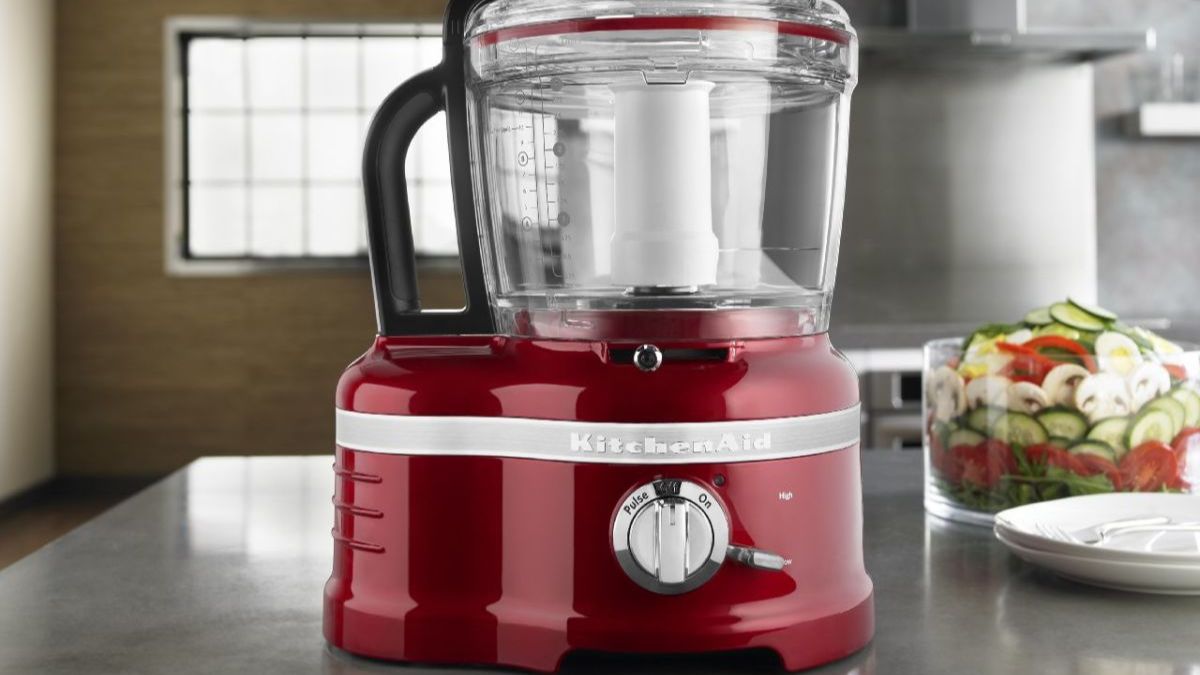

0 thoughts on “How To Use A Ninja Food Processor”